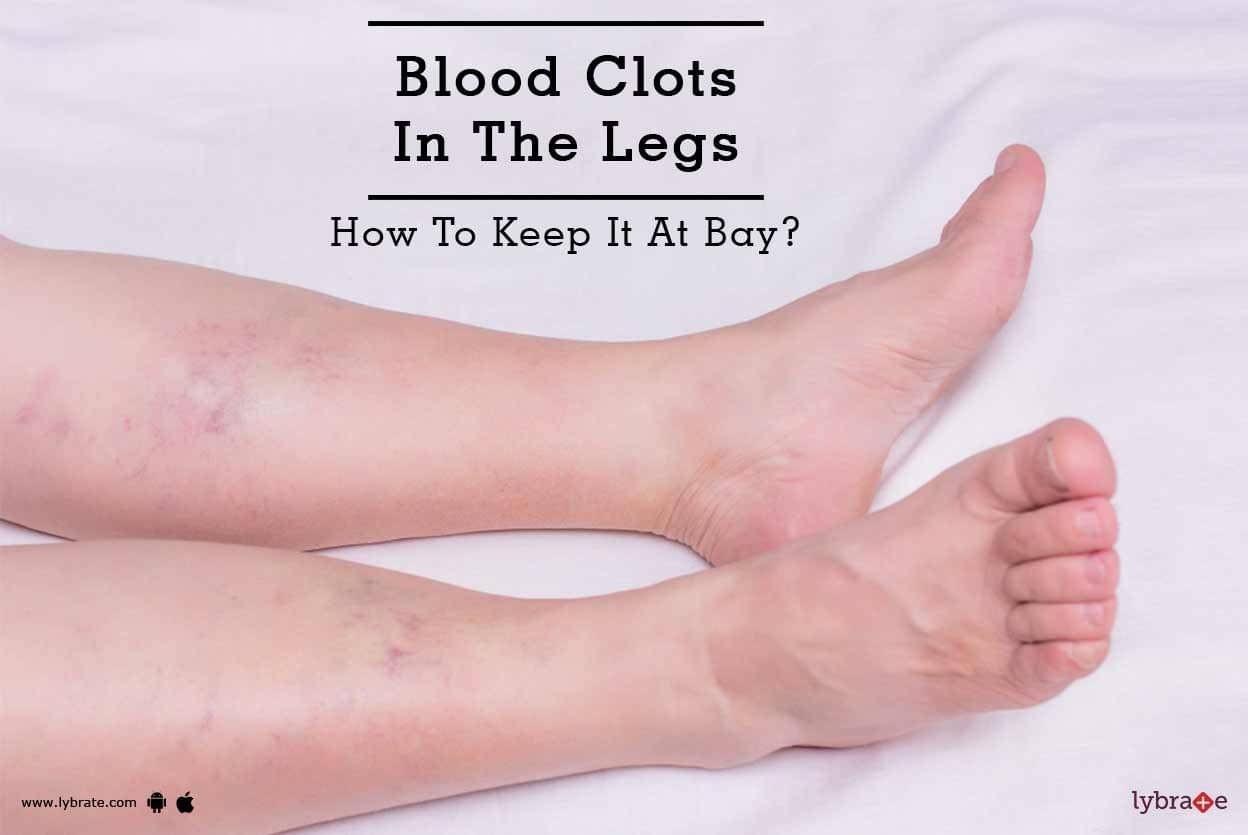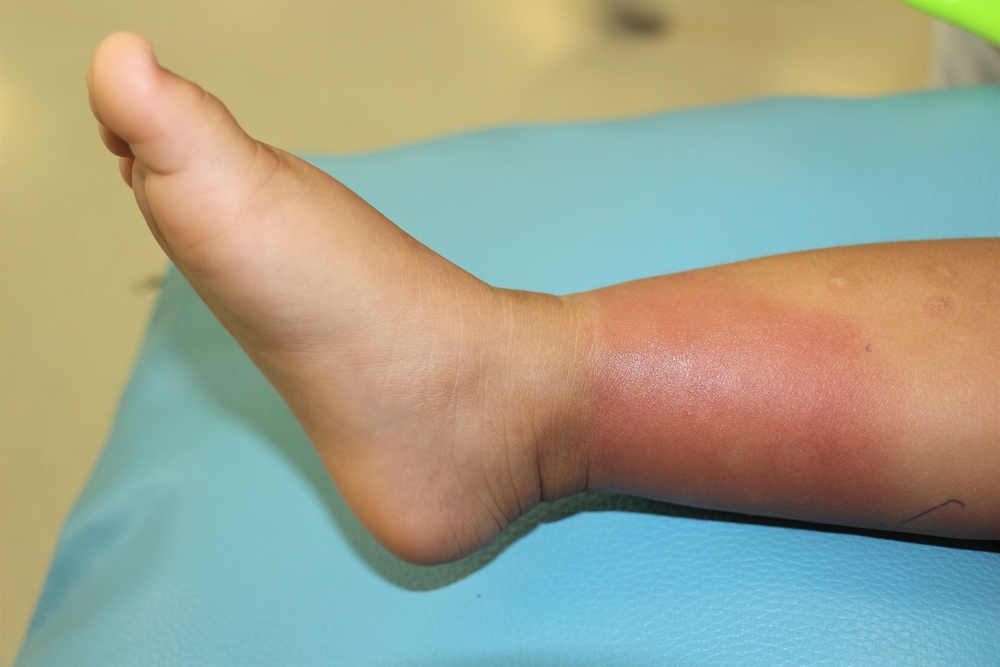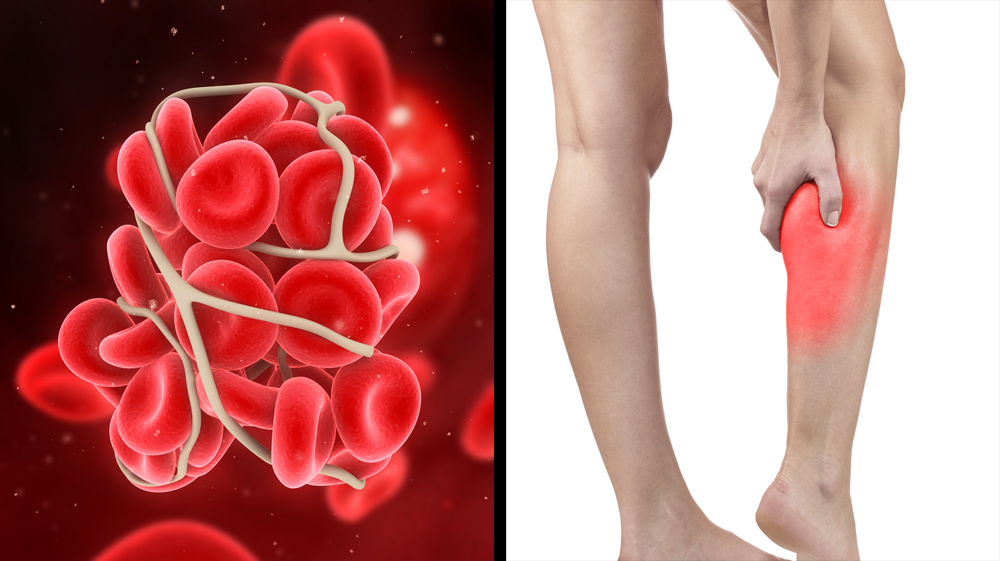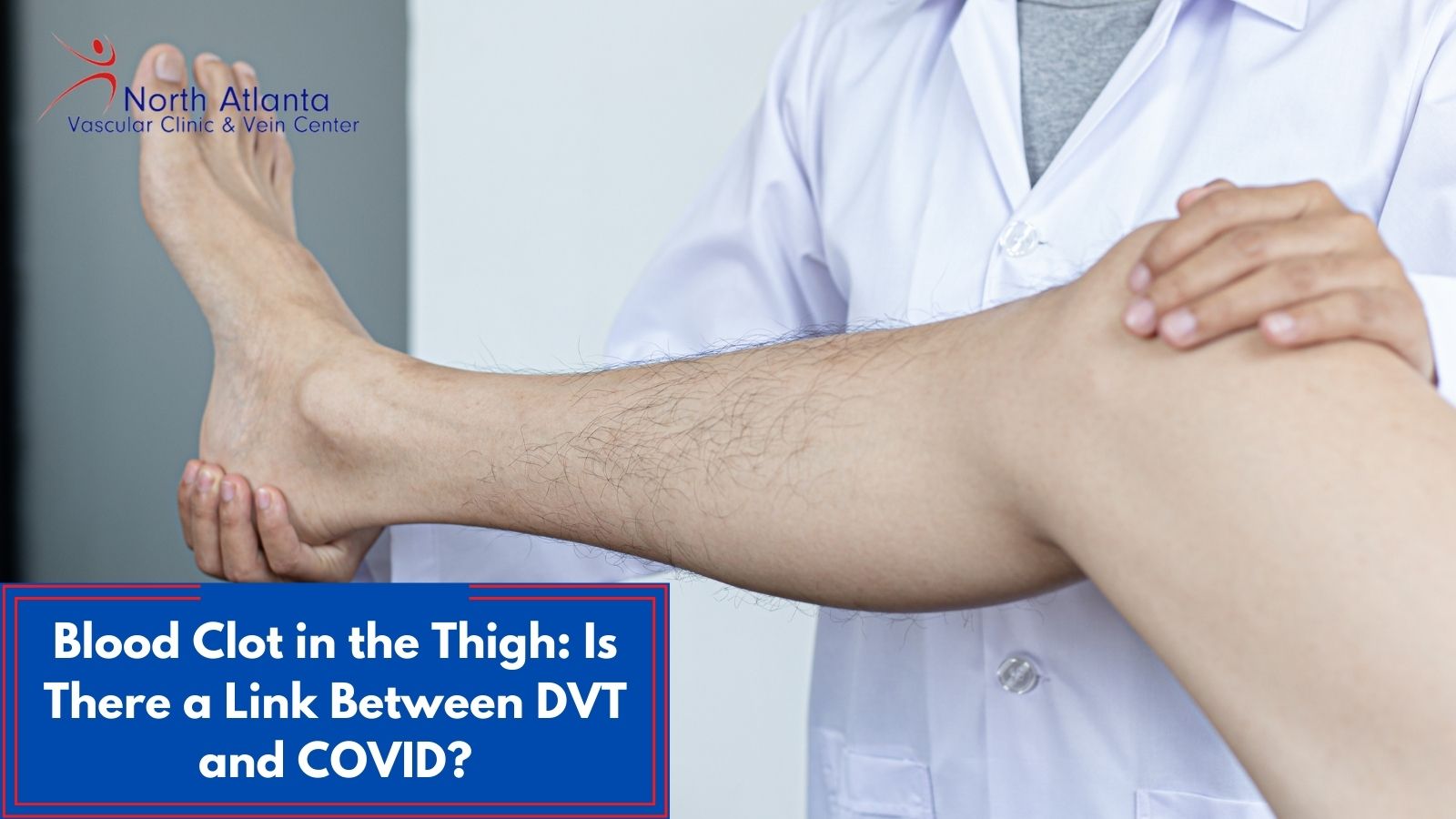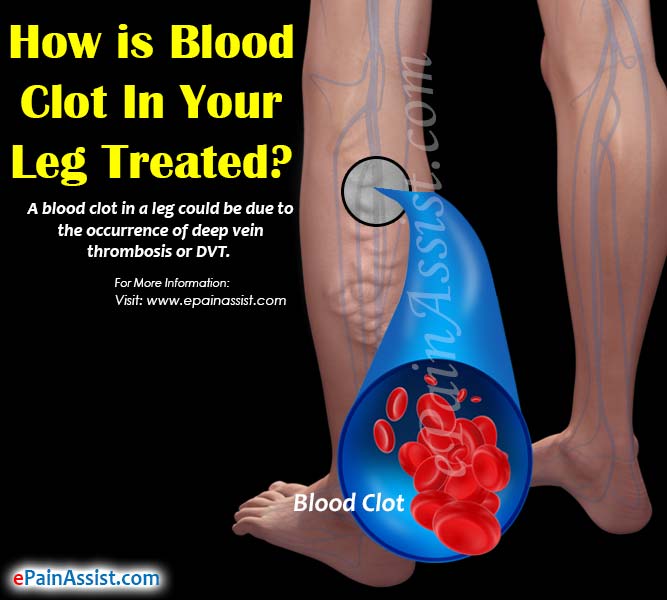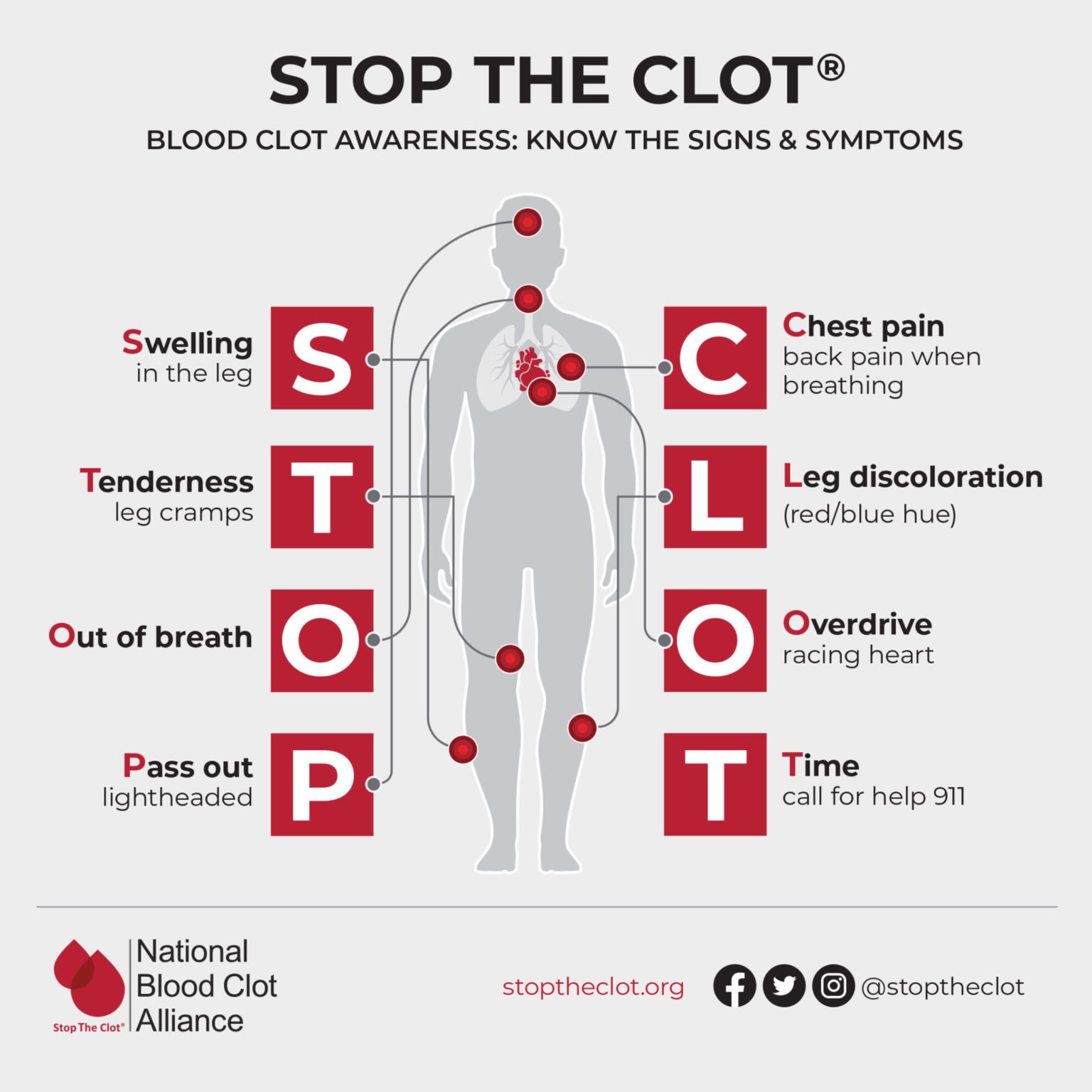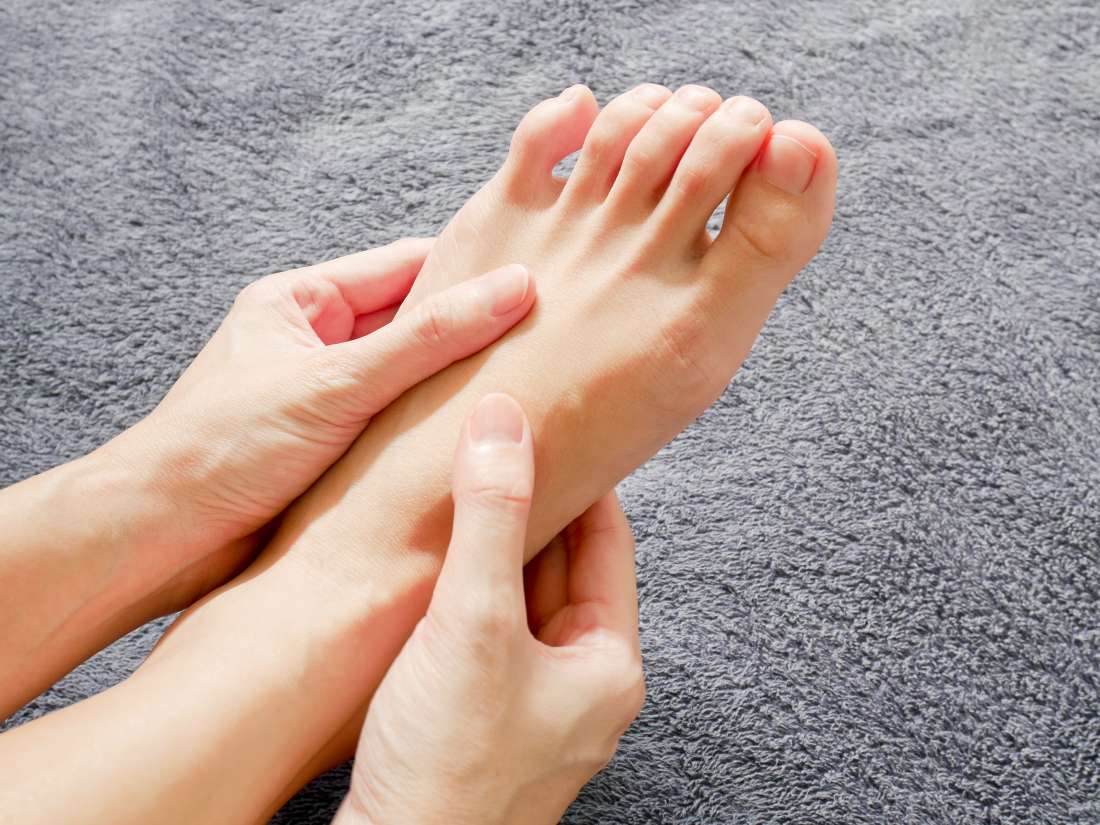Underrated Ideas Of Tips About How To Tell If You Have A Clot In Your Leg

Redness and warmth:
How to tell if you have a clot in your leg. A deep vein thrombosis (dvt) is a clot that forms in one of the major veins of the leg, thigh, or pelvis. Here’s what to do to keep your blood flowing. Pain or cramping:
Pain and swelling in the affected area, usually your calf or thigh redness and a warm feeling around the area of the clot sometimes. Swelling redness, darkening, or patches of discoloration pain tenderness these symptoms are especially indicative of a. Common dvt symptoms include:
Swelling in your foot, ankle, or leg, usually on one side. You can get deep vein thrombosis (dvt) if you have certain medical. What a blood clot in a leg can look like swelling and redness caused by a clot in the left leg red and swollen right leg caused by a clot a blood clot in a leg is called a dvt (deep.
A dvt causes redness in the affected limb and makes. If you have symptoms that only occur on one side or limb while the unaffected limb remains normal, it is a strong indication that the problem is likely a blood clot. The most common symptoms of dvt are:
If you have a blood clot in your leg, you may notice swelling of the affected leg, pain, and others blood clots are clumps. You can feel a blood clot in your leg due to the pressure of obstructed blood. The skin over the blood clot may become red, warm, and inflamed.
Other symptoms that can occur with pulmonary embolism include: The feeling can range from a dull ache to. Swelling in your arms or legs;
Serious blood clots may need other medical interventions, such as an ivc filter. Pain or tenderness with no obvious cause; If a person feels soreness or pain in the leg that was not there before, this could indicate a blood clot in the leg.
Symptoms of a blood clot in the leg or arm (deep vein thrombosis or dvt) swelling pain or tenderness not caused by injury skin that is warm to the touch redness. You can’t see a dvt. You might notice that your arm or leg takes on a red or blue tinge, or gets itchy.
Clots often require a blood thinner like pradaxa, xarelto or even aspirin. Swelling in the affected leg and foot or arm and hand skin turning red or purple symptoms are often local to the blood clot and only affect one arm or leg. Cramping pain in your affected leg that usually begins in your calf.
Signs of a blood clot in your leg incl u de: A blood clot in a leg vein may cause pain, warmth and tenderness in the affected area. The agency also recommends contacting a doctor as soon as possible if you have:


